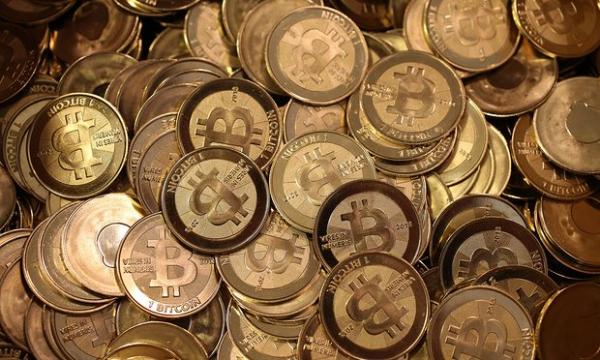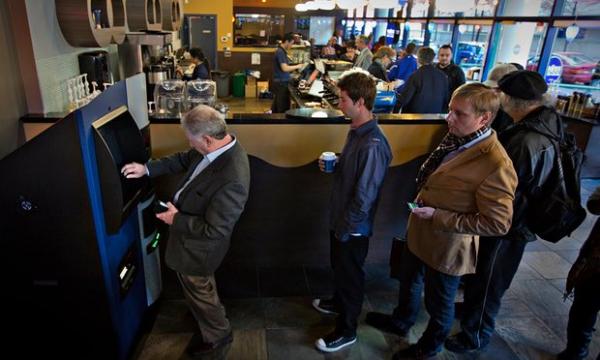Man buys $27 of bitcoin, forgets about them, finds they're now worth $886k

Bought in 2009, currency’s rise in value saw small investment turn into enough to buy an apartment in a wealthy area of Oslo
The meteoric rise in bitcoin has meant that within the space of four years, one Norwegian man’s $27 investment turned into a forgotten $886,000 windfall.
Kristoffer Koch invested 150 kroner ($26.60) in 5,000 bitcoins in 2009, after discovering them during the course of writing a thesis on encryption. He promptly forgot about them until widespread media coverage of the anonymous, decentralised, peer-to-peer digital currency in April 2013 jogged his memory.
Bitcoins are stored in encrypted wallets secured with a private key, something Koch had forgotten. After eventually working out what the password could be, Koch got a pleasant surprise:
“It said I had 5,000 bitcoins in there. Measuring that in today’s rates it’s about NOK5m ($886,000),” Koch told NRK.
Silk Road fluctuations
In April 2013, the value of bitcoin peaked at $266 before crashing to a low of $50 soon after. Since then, bitcoin has seen large fluctuations in its value, most recently following the seizure of online drugs marketplace Silk Road, plummeting before jumping $30 in one day to a high of $197 in October.
Koch exchanged one fifth of his 5,000 bitcoins, generating enough kroner to buy an apartment in Toyen, one of the Norwegian capital’s wealthier areas.
Two ways to acquire bitcoins

Typically bitcoins are bought using traditional currency from a bitcoin “exchanger”, although due to strict anti-money laundering controls, the process can can be tricky. A user can then withdraw those bitcoins by sending them back to an exchanger like Mt Gox, the best known bitcoin exchange, in return for cash.
However, bitcoin is gaining more and more traction within the physical world too. It is now possible to actually spend bitcoins without exchanging them for traditional currency first in a few British pubs, including the Pembury Tavern in Hackney, London, for instance. On 29 October, the world’s first bitcoin ATM also went online in Vancouver, Canada, which scans a user’s palm before letting them buy or sell bitcoins for cash.
A small group of hardcore users also generate extra bitcoins by “mining” for them – a process that requires computers to perform the calculations needed to make the digital currency work, in exchange for a share of the built-in inflation.
Mining is a time-consuming and expensive endeavour due to the way the currency is designed. Each subsequent bitcoin mined is more complex than the previous one, requiring more computational time and therefore investment through the electricity and computer hardware required.
Оставить комментарий
Для комментирования необходимо войти через
![]() Вконтакте
Вконтакте